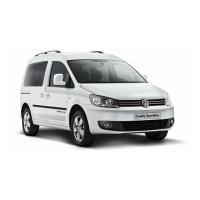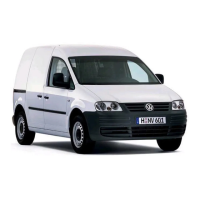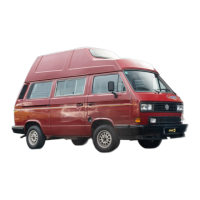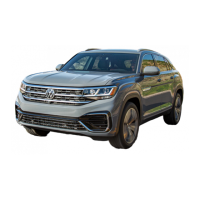RIVING
TIPS
DRIVING
SAFELY
The
operational
condition of your vehi-
cle
is essential to safe driving.
So
before moving off, always check the
following points:
• Lights and
turn
signals
• Brakes
•
Amount
of
fuel
•
Mirror
settings
• Cleanliness of
headlights,
lenses
and
windows
Also
check at regular intervals:
•
Tyre
condition and pressures - page
86-89,
126.
• Engine oil
level
- page 74
The oil
level
should be checked
every
time
fuel
tank
is
filled,
or in
difficult
conditions or
full
throttle
operation,
daily
• Coolant
level
- page 77
•
Brake
fluid
level
- page 82
• Fluid
level
in
windscreen
washer
-
page
80
• Condition of
windscreen
wiper
blades - page 109.
Furthermore compliance
with
the
speci-
fied Inspection intervals - in particular
the brake fluid changing - is of great im-
portance for driving safety - pages 82,
97.
Safety
on the
road
depends to a large
extent on the personal attitude and style
of driving.
To
be on the safe side you should:
•
Always
put
seat
belt
on
before
mov-
ing off -
even
in
town
traffic
- page 13.
In many countries the wearing of seat
belts is compulsory anyway.
• Ensure
that
all your passengers -
including
those
on the
rear
seat
- are
wearing
their
belts
- page 13.
Passengers
without seat belts can endan-
ger
not only themselves, but also the
driver.
•
Adjust
head
restraints
to body size.
The
upper edge of head restraint must
be
approximately at eye
level.
Ensure
that
no
articles
interfere
with
operation
of pedals - page 89.
•
Stow
all
luggage
correctly
in
boot
-
page
22
on the
roof
rack
- page 22
• Do not
drive
when
you
feel
tired.
Stop
for a break at the latest after driv-
ing for two hours.
•
Never
drive
when
your
reactions
are
impaired
in any way.
Not only alcohol but also drugs and
many medicines can be very detrimental
to your reactions.
•
Adapt
vehicle
speed to
traffic
and
road
conditions.
Remember
that
particularly on smooth
slippery roads the handling and braking -
also
on vehicles
with
four-wheel drive -
is
limited by the adhesion of the tyres.
On
wet roads the
front
wheels can
aquaplane
at high
speeds.
The vehicle
can
then no longer be steered properly.
Further instructions on safety are given
in the various chapters in this manual.
57
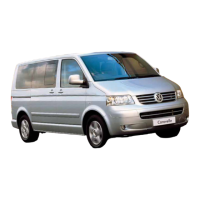
